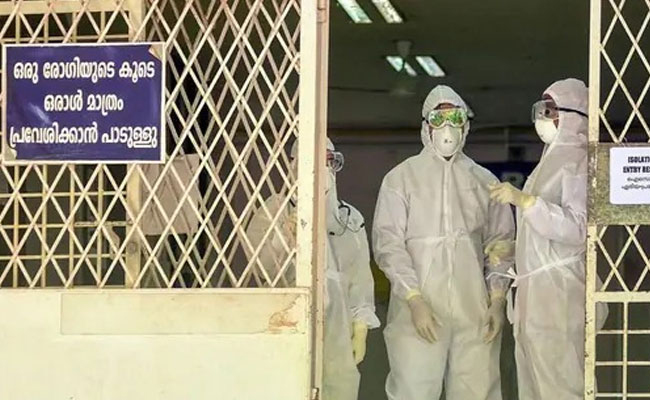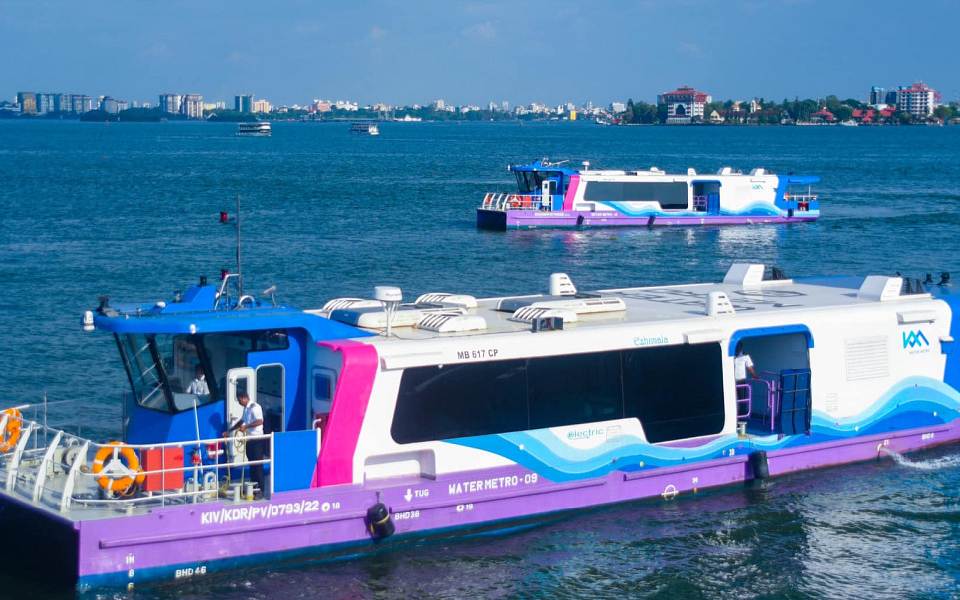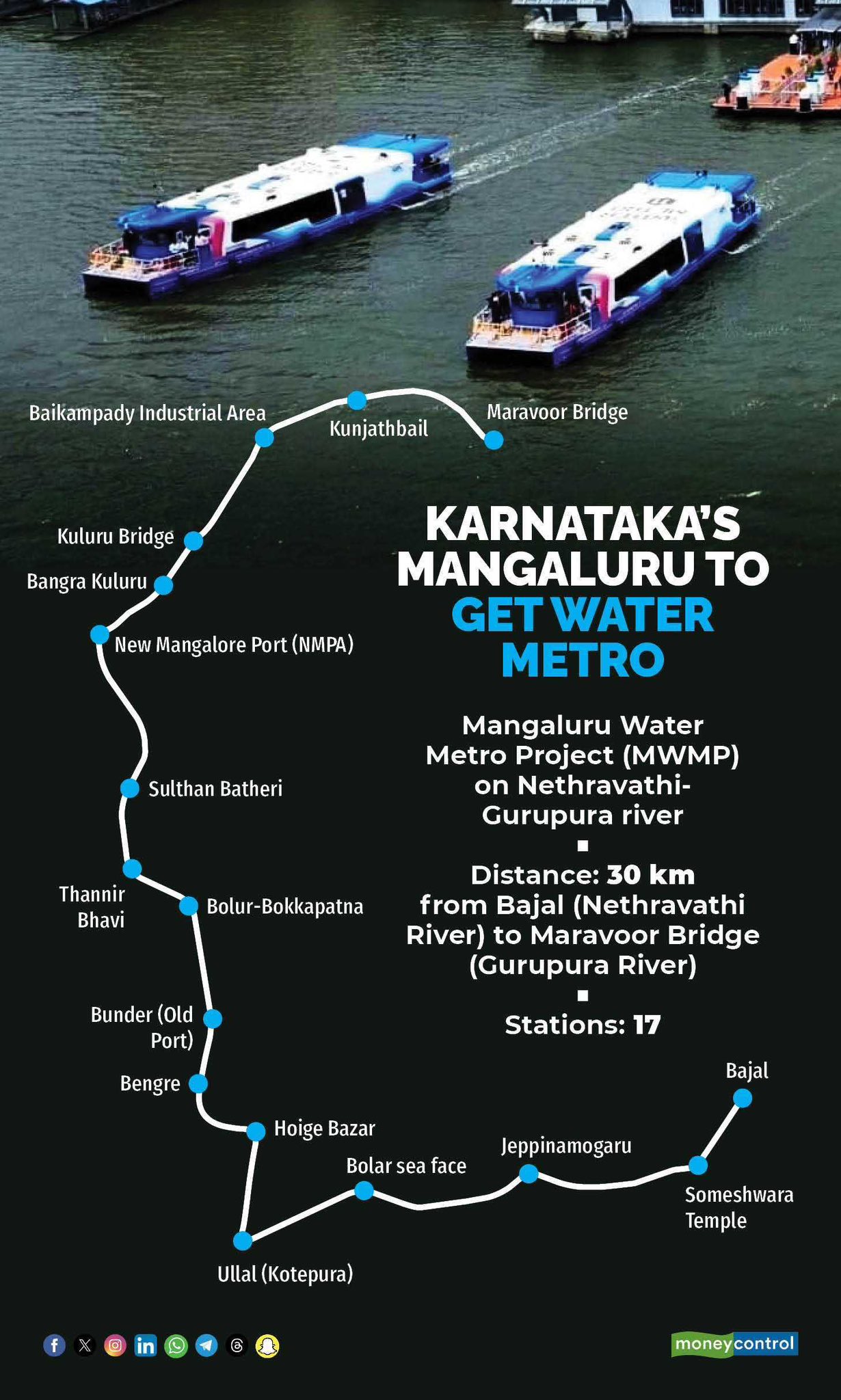Kozhikode (Kerala) (PTI): The Kerala government has strengthened measures to prevent the spread of Nipah infection after the brain-damaging virus killed two people and infected two others in this north Kerala district.
Considering the serious nature of the disease, the Kozhikode administration declared seven village panchayats as containment zones.
In a Facebook post, Kozhikode District Collector A Geetha said that the panchayats declared as containment zones included Atanchery, Maruthonkara, Tiruvallur, Kuttiyadi, Kayakkodi, Villyapalli, and Kavilumpara.
No travel in or out of these containment zones will be allowed till further notice. The police have been asked to cordon off these areas, she said on Tuesday.
Only stores selling essential commodities and medical supplies will be allowed to function.
Stores selling essential goods will be allowed to function from 7 am to 5 pm. No time bar has been given for pharmacies and health centres.
Local self-government institutions and village offices can function with minimum staff.
Banks, other government or quasi-government institutions, educational institutions, and anganwadis should not operate, the collector said.
The public should use online services and avoid going to local self-government institutions, she said.
Buses or vehicles plying on national highways through the containment zones should not stop in the affected areas.
Directions regarding this should be issued by the regional transport officer and district transport officer, the post said.
All should maintain social distancing and use masks and sanitizer in the containment zones, it said.
Soon after the Nipah virus infection was confirmed in Kozhikode district, Chief Minister Pinarayi Vijayan had urged people not to panic and to take precaution instead.
"Everyone should strictly follow the instructions of the health department and the police and fully cooperate with the restrictions," he had said.
Talking to reporters in Kozhikode on Tuesday, state Health Minister Veena George said one of the people who was infected with the virus was a nine-year-old boy.
George said out of the five samples, three have tested positive.
"The samples of the person who died on Monday and two others under treatment, including the nine-year-old boy, have tested positive," she said.
The death of the first person, on August 30, was initially considered a death due to the comorbidity of liver cirrhosis, but his son, the nine-year-old boy who is already in ICU, and his 24-year-old brother-in-law are the two positive cases that were detected on Tuesday.
Let the Truth be known. If you read VB and like VB, please be a VB Supporter and Help us deliver the Truth to one and all.
Mangaluru (Karnataka), Nov 4: After being endowed with multi connectivity facilities like three national highways, port and airport, Mangaluru city is now looking at a significant move towards sustainable urban mobility as the Karnataka Maritime Board (KMB) has announced plans for the Mangaluru Water Metro Project (MWMP), officials said on Monday.
This ambitious initiative aims to transform public transportation in the state, utilising National Waterways to connect areas along the Nethravathi (NW-74) and Gurupura (NW-43) rivers, they said.
Set to become India's second-largest water transport system after Kochi, the project promises an eco-friendly, economical and efficient mode of travel, the officials said.
According to officials, the MWMP will connect isolated communities from Bajal to Maravoor, enhancing accessibility and promoting the holistic development of these regions. The initiative is expected to boost local livelihoods and improve the standard of living through integrated transport networks.
According to the project report available with PTI, the MWMP will be rolled out in phases, with the initial stretch covering 30 kilometres along the Nethravathi and Gurupura river backwaters.
The priority route, beginning at Bajal on the Nethravathi and extending to the Maravoor Bridge on the Gurupura, will feature around 17 modern Metro stations.
Key locations such as Someshwara Temple, Ullal and the New Mangalore Port are included in the proposed route. State-of-the-art electric and diesel catamaran boats will be deployed, equipped with essential amenities to ensure a high standard of comfort and operational efficiency.
A comprehensive Feasibility Report (FR) will assess the project's viability, presenting a detailed cost-benefit analysis, market potential, operational strategies and environmental considerations.
"The report will objectively evaluate the project's merits and challenges, providing crucial information for decision-makers, stakeholders and investors," they said.
Officials in the port and fisheries subdivision told PTI that key areas of analysis has been based on assessing the potential to decongest old port areas, exploring the feasibility of cargo movement using Roll-on/Roll-off (Ro-Ro) water metros, examining water level variations influenced by tidal flows, integration with feeder services to ensure seamless last-mile connectivity, demand forecasts over a 25-year period, based on extensive socio-economic research of usage and utility of the MWMP.
The project's Terms of Reference (ToR) emphasise sustainable development, involving thorough site identification, user demand assessments and environmental impact studies. Comprehensive surveys such as LIDAR mapping, bathymetric studies and topographical analysis will ensure accurate planning and implementation, the officials told.
Furthermore, technical collaborations with national institutes of repute will support studies on wave tranquillity, vessel height clearance and infrastructure recommendations for jetties and repair facilities, they said.
A detailed environmental monitoring programme will assess air and water quality, noise levels and aquatic biodiversity in line with Ministry of Environment, Forest, and Climate Change (MOEF&CC) guidelines, the officials added.
The officials of the Maritime Board said the MWMP promises significant economic and environmental benefits, from easing traffic congestion to reducing air pollution. The project will also explore non-fare revenue streams and develop models to ensure financial sustainability.
A socio-economic impact assessment will measure the project's contribution to regional development, backed by projected revenue from passenger fares and ancillary services, a senior official said.
The Board also aims at championing cleaner and greener transportation and to set a precedent for sustainable urban mobility, positioning Mangaluru as a progressive city that leverages its waterways, he added.






